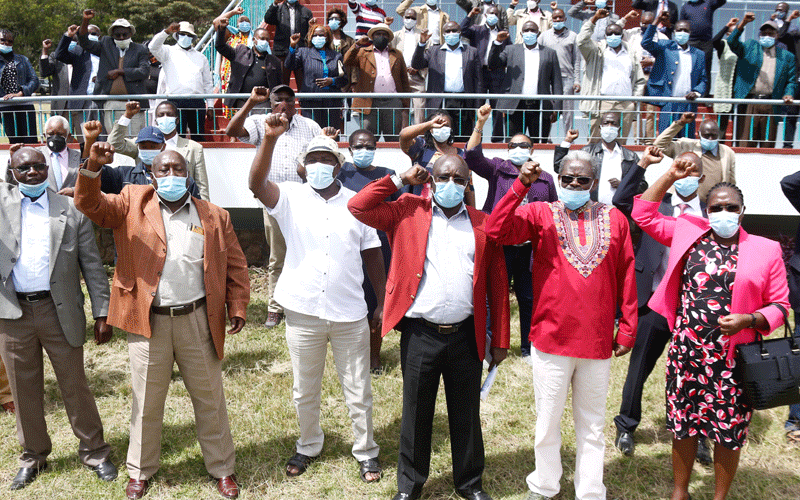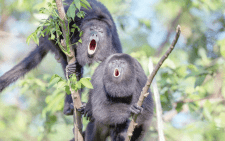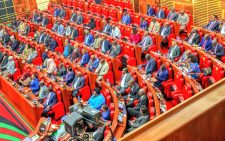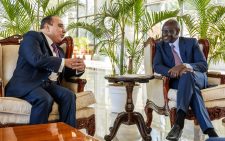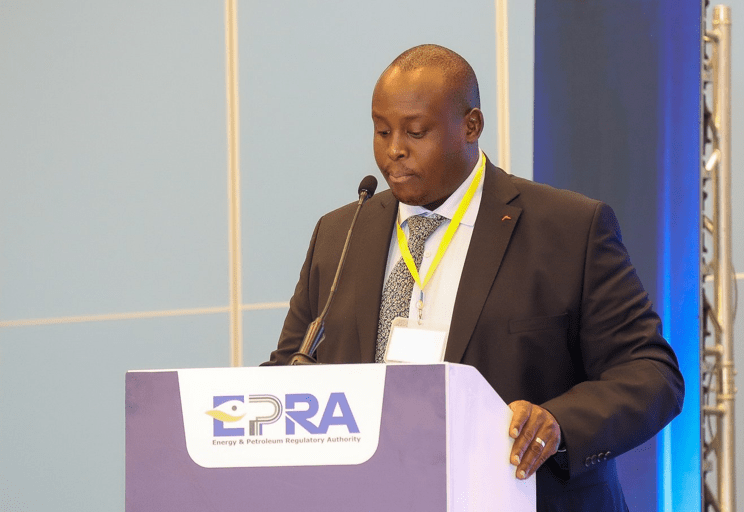Varsity helps Isiolo women add value to camel milk
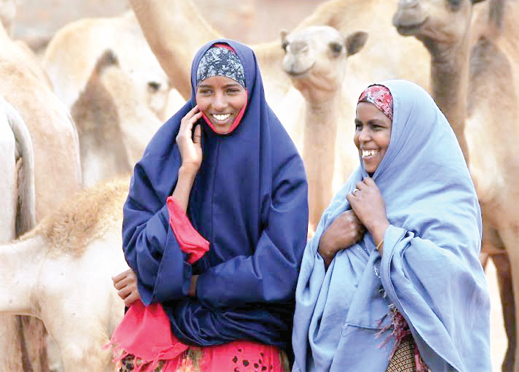
A women-led cooperative involved in the sale of camel milk in Isiolo County is set to boost its income after Egerton University gained funding to assist the society to add value to its product.
This is after Egerton and the United Kingdom-based University of Greenwich entered into a partnership to avail two-year funding to support the group called Anolei Women Camel Milk Co-operative.
Camel milk production and marketing in the periurban areas of Africa is an emerging innovation with development potential. Pastoralists are increasingly producing milk for the market, as well as for subsistence, contributing to the growth of a production subsector.
In 2009, Kenya’s camel milk industry was estimated to contribute Sh16 billion to the national economy, producing about 552 million litres of milk, mostly through pastoral production. This shows that the subsector has huge potential, given that it is not fully developed.
Strengthen capacity
Camel milk marketing remains highly informal and is characterised by main women trading raw milk between families and clans.
“The Egerton University project objective is to add value to camel milk value chain in Northern Kenya and to strengthen capacity for new value-added products and enhance productivity in camel milk production, collection, and marketing,” says Prof Joseph Matofari.
An International Institute for Environment and Development (IIED) and the University of Nairobi commissioned a study that shows the economic contribution of the camel milk trade to Isiolo town in terms of employment, household income and contributions to public revenue. “The camel milk trade creates a monthly gross turnover of up to Sh10.58 million, and our study highlights scope to increase this figure further,” said Dr Oliver Vivian Wasonga who led the study.
About 94 per cent of this was due to the demand for camel milk in the Nairobi terminal market. “This demand for hygienically produced camel milk in urban areas outstrips supply and is likely to continue to grow,” he said.
“This underlines the importance of the camel milk trade in Isiolo as a potential driver of economic development in the county,” he added.
Wasonga said for most traders and labourers in the camel milk trade, this is their household’s main source of income and supports them, their spouses, children, close and distant relatives.
A total of 1,046 people depend on the camel milk trade in Isiolo. Many also depend on camel milk for health and nutrition and milk production for income.
Egerton University has already set the ball rolling to ensure the partnership project is implemented by calling qualified camel milk technologists. “The challenges they face as a co-operative, include meeting the required quality and safety standards and diversification of its products,” said Prof Matofari.
The 15-year co-operative currently occupies a unique niche in the camel milk industry in Kenya
Skills and knowledge
Prof Matofari will work on enhancing the company’s sanitary and milk hygiene practices and diversify its product range — dry camel meat, camel milk, yoghurt. “We want to create a coherent brand identity for the company and increase its overall efficiency,” he said.
He will also engage with various stakeholders in the camel milk value chain, to build a trust-based relationship, provide higher quality and safety standards of products and enhance collaboration with suppliers and consumers.
The project will seek to enhance the company’s capability to train and equip the camel milk producers with skills and knowledge in food safety aspects and work towards building the company’s capability to engage in the long-distance and international market for their products.
Exploring the possibilities for export of camel milk-based functional food and nutraceutical products to the international market is one of the high goals of the women co-operative and the UK retail and food industry market as one of the potential future markets for camel milk is the other objectives.
According to an assessment of the trade documented by Morgan Meitamei Siloma SNV, a Netherlands non-governmental organization (NGO), women in Northern Kenya have not managed to adequately tap trade opportunities, because of several challenges.
The challenges include difficulties in accessing financial services due to a lack of collateral and financial products that are Islamic sharia-compliant. “This has inhibited women, entrepreneurs, from growing their businesses due to lack of investment opportunities,” she says adding: “Due to low levels of the exposure, the camel milk market was not well developed. “Female traders would use public transport to supply milk to the wholesalers in Nairobi who, in turn, would put money in an envelope and give it to the driver to take back to the supplier.
Climate change
With time, thugs began to target the couriers and on various occasions, stopped the buses and looted the women’s milk earnings.
Overall insecurity in the production areas of Isiolo also interfered with the volumes of milk supplied and in some cases herders got killed. “Poor quality of camel milk, which required involving male pastoralists in improving hygiene standards, as they are primarily responsible for camel herding and milking,” says Siloma.
Pastoralists use camels for many purposes; they are a source of meat and milk, and they are also used as a means of transport.
In Kenya, camel milk has been produced and consumed, among arid and semi-arid lands, such as the Somali.
Today, the cooperative sells 6,000 to 8,000 litres a day during peak seasons and 3,000 to 4,000 litres during a dry period in Nairobi alone.
There is a growing interest in camel milk and related products, particularly in the Horn of Africa, including Kenya. This is due to the impact of climate change and droughts that are threatening the livelihoods of disadvantaged groups within pastoral communities in arid and semiarid areas (ASALs), particularly women and youth.
The camel breeds kept by pastoralists in subsistence production systems are very reliable milk producers during dry seasons and drought years when milk from cattle, sheep and goats is scarce.
At such times, camels can contribute up to 50 per cent of the nutrient intake of the pastoralists. Camel milk has further triggered interest not only as an Isiolo district currently accounts for more than 90 per cent of marketed camel milk reaching national urban markets.

